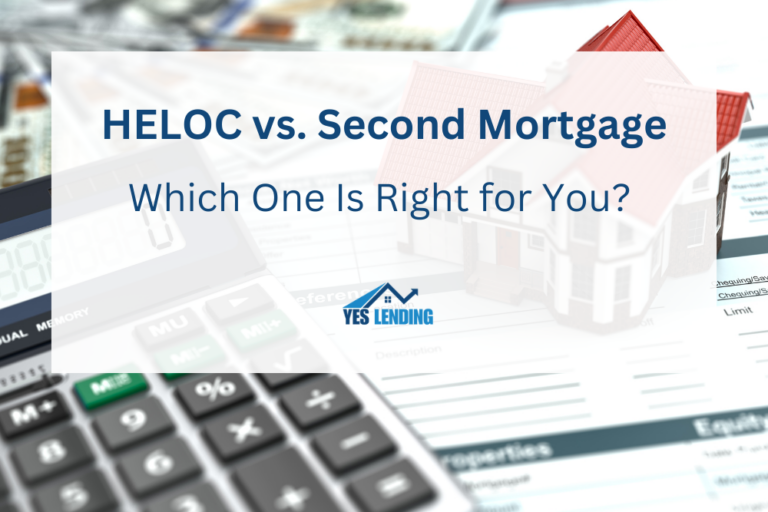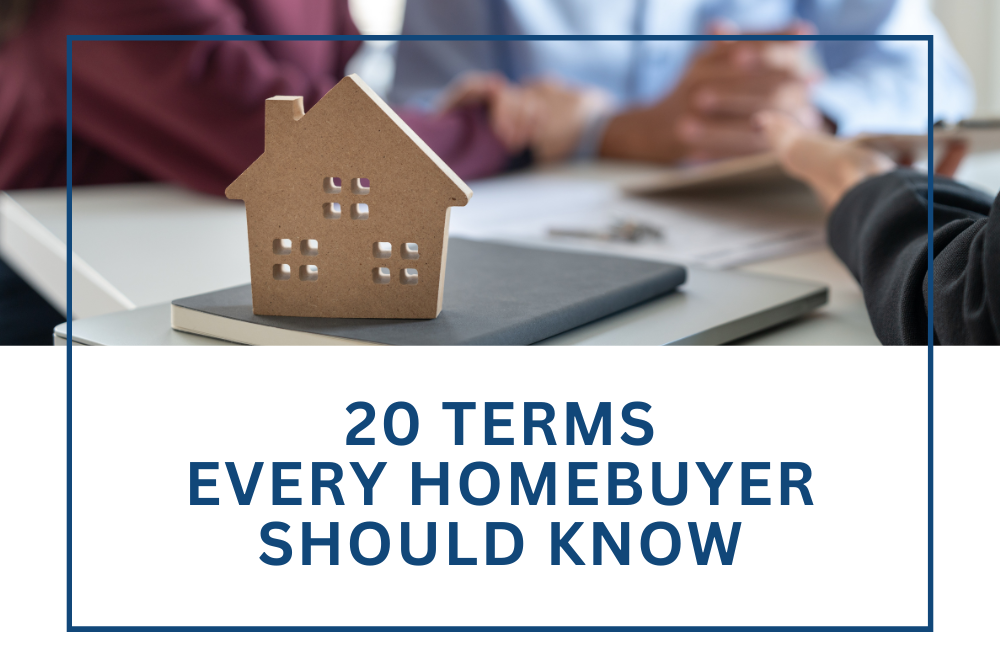With mortgage rates locked in at historically low levels—often between 2.875% and 4%—many homeowners are hesitant to refinance and risk losing their great rate. However, rising home values have left many sitting on substantial home equity, leading to an important question:
How can you access your home’s equity without touching your first mortgage?
The good news is that you can borrow against your home’s equity without refinancing your primary mortgage by using either a Home Equity Line of Credit (HELOC) or a Second Mortgage. While both options allow you to access funds and are held in a second lien position, they work very differently.
Let’s break down the differences so you can decide which one best fits your financial goals.
What Is a HELOC?
HELOC stands for Home Equity Line of Credit. Think of it as a credit card that uses your home’s equity as collateral. Instead of receiving a lump sum, you get access to a line of credit that you can draw from as needed.
Key Features of a HELOC:
- Revolving Credit – You can borrow, repay, and borrow again during the draw period (usually 5-10 years).
- Variable Interest Rate – Most HELOCs have rates that fluctuate with the market, meaning your payments could change over time.
- Flexible Borrowing – You don’t have to take out all the money at once—you can withdraw as needed.
- Draw Period & Repayment Period – After the draw period ends, you’ll enter the repayment phase, where you must start paying back the principal and interest.
- Potential Balloon Payment – If you haven’t paid off the balance by the end of the repayment period, you might face a balloon payment (a large lump sum due at once).
Who Should Consider a HELOC?
A HELOC is a great option if you:
- Need ongoing access to funds for things like home improvements, tuition, or investments.
- Want the flexibility to borrow and repay as needed.
- Are comfortable with a variable interest rate.
What Is a Second Mortgage?
A Second Mortgage, also called a Stand-Alone Second, works more like a traditional mortgage loan. You receive a lump sum at closing and make fixed payments over a set term—typically 15, 20, or 30 years.
Key Features of a Second Mortgage:
- Lump Sum Payout – You receive all your funds upfront at closing.
- Fixed Interest Rate – Unlike HELOCs, most second mortgages come with a fixed rate, making budgeting easier.
- Predictable Monthly Payments – Your payments remain the same over the life of the loan.
- Separate from Your First Mortgage – Your first mortgage remains untouched, and you simply add a second loan.
Who Should Consider a Second Mortgage?
A second mortgage is ideal if you:
- Need a large, one-time sum of money for major expenses like debt consolidation, renovations, or a down payment on another property.
- Prefer a fixed interest rate with predictable payments.
- Want a structured repayment plan similar to your first mortgage.
Which Option Is Best for You?
- Choose a HELOC if you want ongoing access to funds and are comfortable with a variable interest rate.
- Choose a Second Mortgage if you need a lump sum and prefer fixed, predictable payments.
Both options allow you to leverage your home’s equity without refinancing your first mortgage, making them great alternatives for homeowners who want to keep their low interest rates.
Still not sure which option is best for your financial situation? Let’s connect! I’d be happy to help you explore your choices and find the best solution for your needs. Contact me today to discuss your options!



